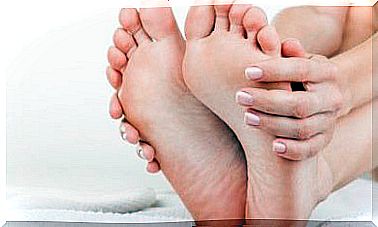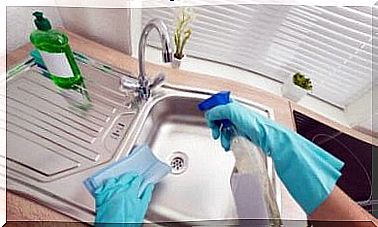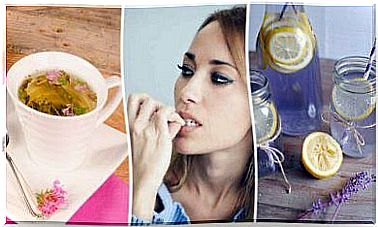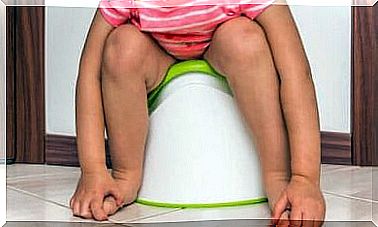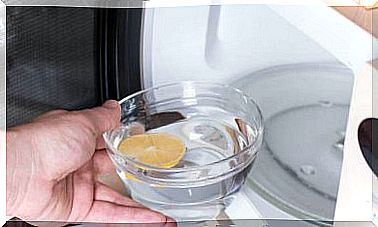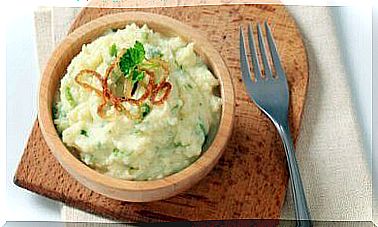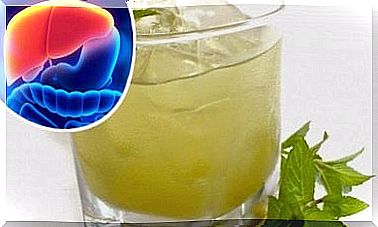8 Keys To Wash Dishes By Hand

Food that you prepare yourself is one of the best things in life. However, after dinner comes a task that few people want to do. It’s one of the chores people like least: we’re talking about washing the dishes. In today’s article, we share 8 keys for hand washing.
While dishwashers exist, there are many who do not have this appliance. There are also people who prefer to do their dishes by hand because not everything can go in the dishwasher. Dishwashers also use a lot of energy and they need a specific detergent.
Washing dishes by hand also has its advantages. For example, it can save water and consume less energy. In addition, assigning this task to a family member every day encourages responsibility in children and teaches them the importance of working together.
Common mistakes when washing dishes by hand
While washing dishes is a simple and intuitive task, it is also easy to make mistakes. These mistakes can endanger your health or damage your crockery and cutlery. We should therefore take a look at some of the most common mistakes people make when washing dishes.
Our kitchens are the room in our homes with the most bacteria, especially near the sink. Pay attention to the following mistakes so that you can avoid them and wash your dishes more effectively.
Let your dishes pile up
Piling up large piles of plates, pots, glasses and cutlery is a common problem, but it is useless. The big problem with this is that it ultimately creates more work for you.
It also dries out the food residues and makes it more difficult to remove. It also ensures that bacteria and fungi reproduce. It is therefore best to wash your plates and cutlery while you are cooking.
Use the same sponge for everything
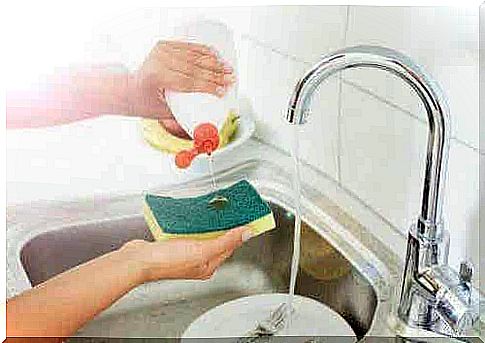
Have you ever taken a sip of water, but had to stop because the glass smelled bad? That usually happens when you use the same sponge to clean everything. Instead, it’s best to have one sponge for your glasses, another for pans, and another for plates, cutlery, and utensils.
Ignore the kitchen towels
Many people replace their kitchen sponges with rags. And some people dry their dishes with tea towels before putting them back in their cupboards. However, bacteria and germs can grow in the fabric of those tea towels.
It is therefore important to dry your tea towels thoroughly after each use and to replace them daily. Then wash them with hot water and, if possible, dry them on a high temperature in the dryer.
Always wash with cold water
It is very common for people to wash their dishes with cold water. However, that mistake can turn your kitchen into a hotbed for bacteria and germs. It is also very difficult to clean your kitchen utensils.
The US Government Food Safety Portal points out that it is essential to wash cutting boards, plates, cutlery and countertops with hot, soapy water to avoid cross-contamination. To help with that, you can also fill a large washing-up bowl with hot water and submerge your dishes and utensils in it.
However, it’s important to wear gloves or take other precautions if necessary to make sure you don’t burn the skin on your hands and arms. It is also best to keep children away from the hot water while you do the dishes.
Do not remove food residues before washing by hand
Often we put the dishes in the sink and immediately start washing them. However, this mistake makes it more difficult to clean everything properly and we end up using more water.
Instead, it’s best to remove any food scraps first and toss them in the compost or trash can. You can use a kitchen roll for this. Then remove the fat by rinsing the plates under hot water. It will then be much easier to do the dishes.
Keys to wash by hand
While washing dishes by hand is not always a pleasant task, it is necessary. So you have to do it correctly. You can also make it more enjoyable if you have a good attitude about it.
In addition, there are also some tricks you can use to make the process easier. Here are some tips that will make the job easier and more hygienic.
1. Watch your sponges
Research published in the International Journal of Food Microbiology examined the growth and development of bacteria in sponges and dish brushes. The findings indicate that they are a favorable site for the growth of bacteria such as Salmonella. This is because they are exposed to food and water.
The same study also found that it is more hygienic to use brushes than sponges to wash dishes by hand. So if you want to have a more environmentally friendly home, you can replace your sponges with brushes made of wood and natural fibers. The fibers help you to spread the soap.
However, if you prefer to use sponges for washing dishes, you should pay extra attention to any unpleasant odors and color changes. Those are all signs that you need to replace the sponges.
2. Disinfect your sponge or brush regularly
In addition to regularly replacing your sponge, it is also important to thoroughly clean it daily, or at least 4 times a week. You should do the same for rags and brushes.
To clean the sponges, you can use boiling water and a dash of vinegar. You can also spin your sponge in a towel cooking wash.
3. Use a sink strainer
Washing dishes by hand can cause a lot of food waste to go down the drain. Over time, this problem can cause your pipes to become clogged.
For this reason, we recommend using a sink strainer to catch food residues. These are also great in situations where things accidentally fall into the sink, such as a ring.
4. Use gloves
Hand washing can dry out your hands and weaken your nails. No one wants to touch wet food scraps. Wearing gloves is an excellent idea to help you take care of your skin and make this task more enjoyable.
Try to buy them in a size that fits your hands, and don’t share them with others in your house. So it’s best to have their own pair of gloves for each family member.
5. Use Homemade Cleansers

There are things we all have in our closets that can help with the cleaning process. For example, vinegar, baking soda, coffee, and lemon are all helpful.
- You can use warm water with lemon and baking soda to remove grease.
- Vinegar can also prevent mold from forming in containers.
- Coffee grounds are also absorbent and help to remove the stubborn grease that is stuck to pans.
6. Wash your dishes in the correct order
While it may seem like there isn’t much science to hand washing dishes, doing it in a particular order is a great strategy. In the same way, it is convenient to arrange them in the dish rack in an organized manner.
- First wash the glasses and any glass containers.
- Then put the plates and cutlery.
- When it comes to silverware, it’s important to clean them all separately and not to clean them in a lump. They will come out dirty if you do.
- Wash the dishes and pans last, and save those with grease on them for last.
7. Pre-soak stubborn food residues
If you have a pan with food stuck to it, it’s best to soak it in warm water for a few hours . You can also take precautions to avoid this.
If you are preparing food that hardens over time, it is best to rinse or soak the dishes immediately. Some examples of these foods include:
- oatmeal
- cake batter
- chocolate
8. Use lemon or salt to remove bad odors
Dishes, cutlery and pans often have an unpleasant odor. For example, they may smell like raw eggs. However, you can use two hand-washing tricks to control those odors. They both work wonders.
- First soak the dishes in hot water with salt in it.
- Then add lemon juice to the water when rinsing the bowl after washing it off.
Conclusion
Now that you know some of the keys to hand washing and the mistakes to avoid, our final piece of advice is to buy a good dish rack. It is important because moist and wet environments are the perfect habitat for bacteria to grow and cause foul odors.
Also, be sure to dry and clean your dish rack once you’ve put the dishes away. Otherwise, it will collect germs and bacteria. You can clean it with bleach once a week to remove any germs.

